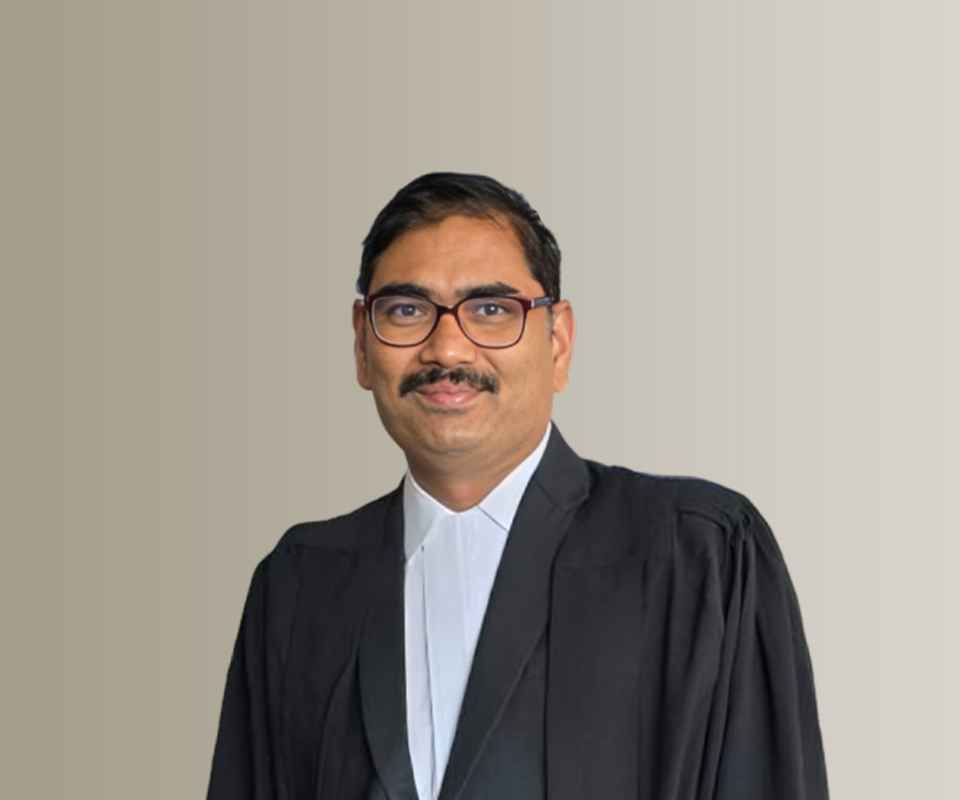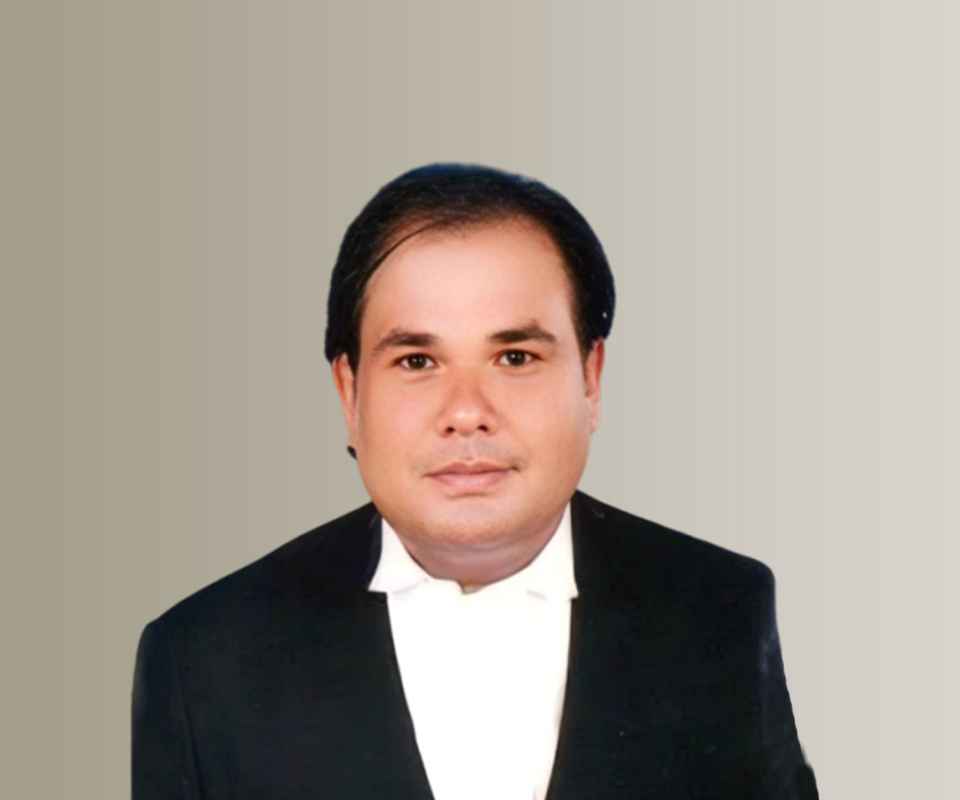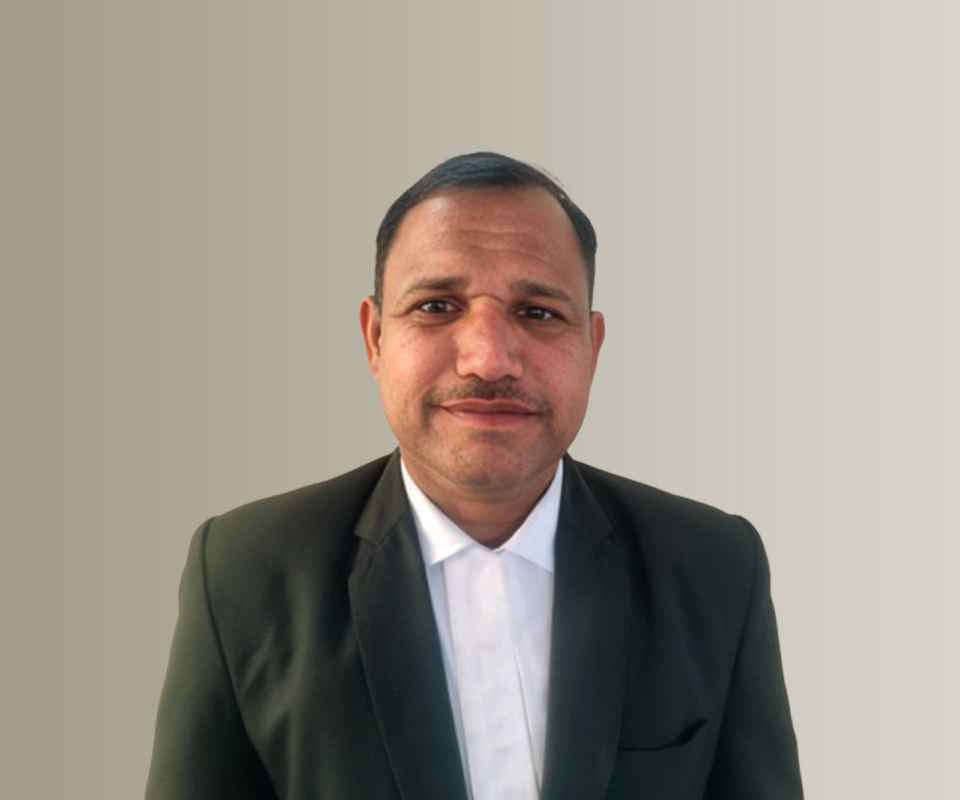Answer By law4u team
The Transgender Persons (Protection of Rights) Act, 2019 was passed with the aim to protect the rights of transgender individuals in India, providing them with legal recognition and protection from discrimination. However, despite being a landmark legislation, the Act has faced significant criticism from activists, LGBTQ+ groups, and human rights organizations. These criticisms are primarily centered around concerns regarding its implementation, inadequate provisions for self-identification, and its potential to perpetuate discrimination against transgender persons rather than providing comprehensive protection.
Key Criticisms of the Transgender Persons (Protection of Rights) Act, 2019:
Lack of Self-Identification of Gender:
One of the main criticisms of the Act is that it does not allow self-identification of gender. While the law does provide a process for transgender persons to legally change their gender on official documents, this process requires certification from a District Magistrate, which many activists argue is overly bureaucratic and intrusive.
Self-identification is seen as a fundamental human right for transgender individuals, allowing them to define their own gender identity without the need for external validation or government intervention. Activists have raised concerns that requiring medical or legal procedures for gender recognition further marginalizes non-binary and gender-diverse individuals who may not fit within the binary categories of male or female.
Vague and Inadequate Definitions:
The Act defines transgender person broadly, but some activists argue that the definition is vague and fails to adequately address the diversity within the transgender community. The law only recognizes transgender persons as those who are either trans men or trans women, without clear provisions for other gender identities such as non-binary, genderqueer, and gender-fluid individuals.
This lack of clarity leaves many individuals feeling excluded from the protections the Act intends to provide.
Concerns Over the Role of the District Magistrate:
The requirement for a District Magistrate's certificate for gender recognition has been widely criticized. Activists argue that this bureaucratic process is intrusive, time-consuming, and discriminatory. It places an additional barrier for transgender persons who may already face challenges in accessing legal and medical services.
This system is seen as a form of gatekeeping, forcing transgender individuals to seek approval from authorities to be recognized in their true gender, potentially leading to delays and harassment.
Limited Provisions for Healthcare, Education, and Employment:
The Act outlines the rights of transgender persons but does not provide adequate provisions to ensure access to healthcare, education, and employment in a non-discriminatory manner.
Many activists argue that the law does not go far enough in addressing the systemic discrimination faced by transgender persons in key areas like healthcare, where they may experience denial of services or humiliation, and employment, where they may be denied jobs or mistreated at work due to their gender identity.
The Act's failure to provide specific legal safeguards for transgender persons in these critical areas leaves gaps in their social and economic security.
Absence of Anti-Discrimination Provisions:
Though the Act prohibits discrimination against transgender persons in education, employment, and healthcare, there are no clear legal provisions or enforcement mechanisms to ensure that these protections are effective.
The lack of punitive measures against perpetrators of discrimination means that transgender persons may still face prejudice and exclusion, with limited recourse to legal action.
Lack of Provisions for Welfare and Rehabilitation:
The Act does not provide substantial provisions for the welfare or rehabilitation of transgender persons, especially those who are living in poverty, facing violence, or those who are homeless. Transgender persons are often marginalized and excluded from family and societal support, making it essential for the law to include specific measures to ensure rehabilitation and economic empowerment.
Activists believe that without welfare support and access to safe housing and employment, the Act will not significantly improve the lives of transgender persons.
Exclusion of the Rights of Transgender Children:
While the Act mentions transgender persons, it does not specifically address the rights of transgender children. Activists have raised concerns that transgender minors are left vulnerable under the law, without adequate protections in place for legal recognition or care.
There is no clear guidance on how transgender minors can access healthcare or education, or how their gender identity can be recognized without parental consent or intervention.
Failure to Address Violence Against Transgender Persons:
The Act does not adequately address the issue of violence against transgender persons, particularly the high rates of physical and sexual violence they face. Although hate crimes based on gender identity are not explicitly covered, the Act fails to provide a clear framework for the criminalization of violence and discrimination against transgender persons.
Activists argue that the Act should include stronger provisions for the protection of transgender persons from violence, especially in situations of police abuse, domestic violence, and hate crimes.
Example:
Case 1: A transgender woman applied for a gender change certificate but was required to undergo an invasive medical examination as per the District Magistrate’s mandate. She was subjected to discrimination by the medical panel, which denied her application based on biased judgments about her gender identity. The case highlights the flaws in the bureaucratic process outlined by the Act.
Case 2: Transgender persons in several regions report facing denial of employment or being forced into informal labor due to widespread discrimination in the formal job market. Despite the Transgender Act’s prohibition of such discrimination, transgender persons continue to face exclusion, and there are no effective legal measures to address these systemic inequalities.
Conclusion:
While the Transgender Persons (Protection of Rights) Act, 2019 represents a step forward for transgender rights in India, activists and LGBTQ+ groups have criticized it for its insufficient provisions, bureaucratic hurdles, and lack of inclusive measures for addressing violence, discrimination, and economic security. The law’s failure to ensure self-identification, adequate healthcare, and social welfare for transgender persons has left significant gaps in ensuring their dignity, safety, and rights. Activists continue to call for reforms to make the law more inclusive, ensuring that it fully upholds the human rights of transgender individuals.







